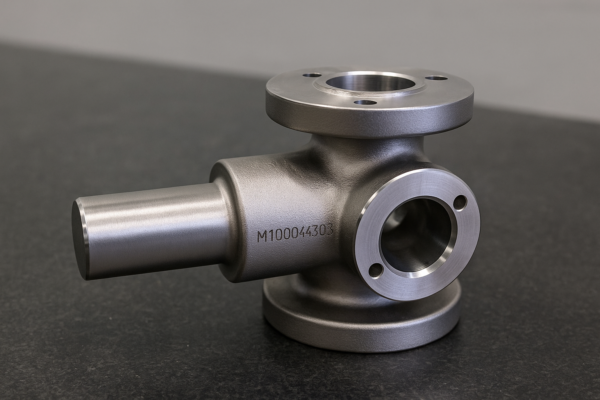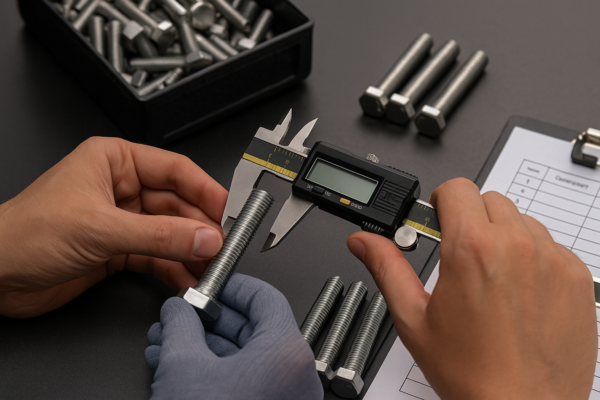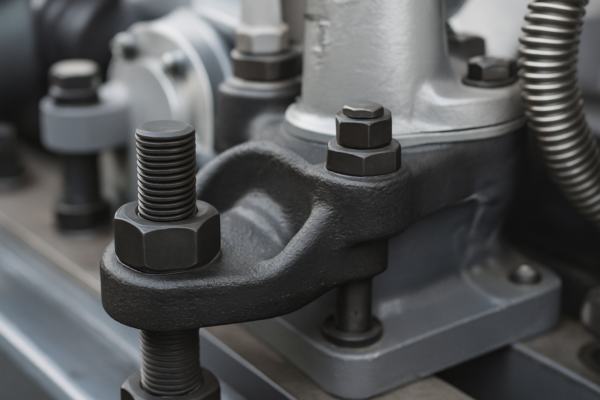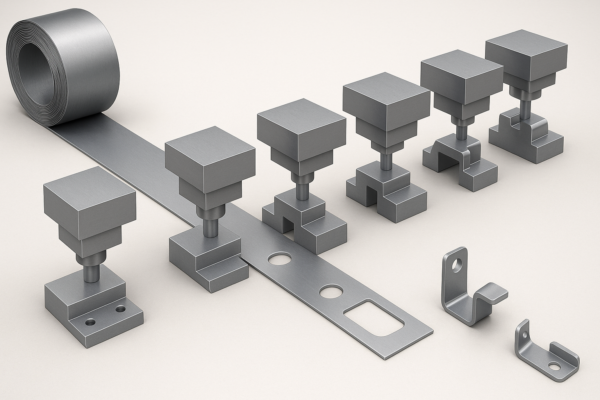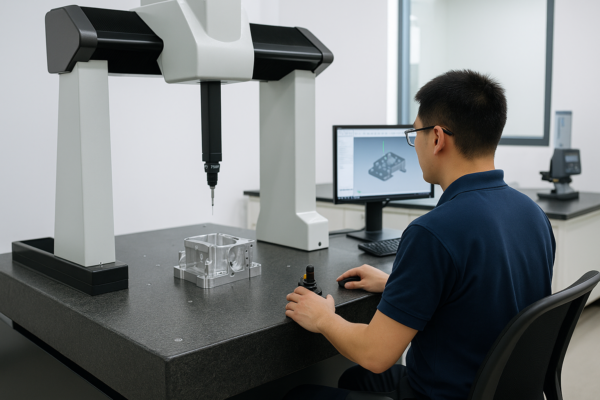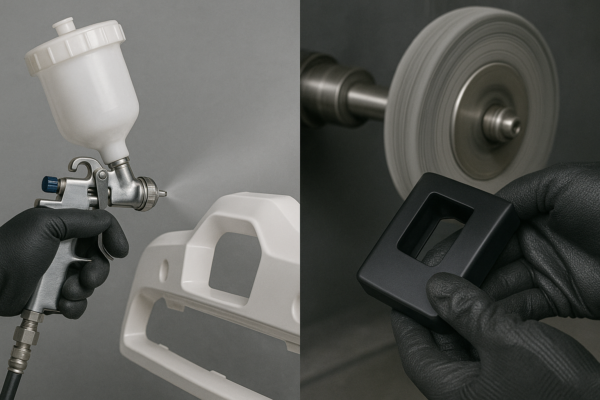What is the hardest welding to use?
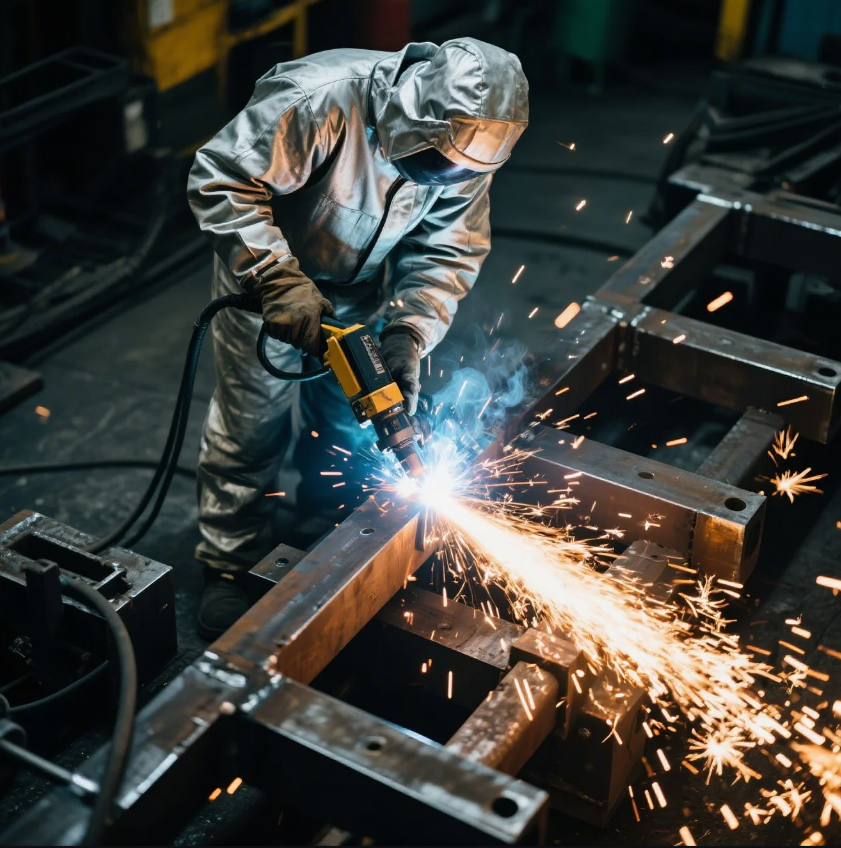
Welding isn’t all sparks and speed—some methods demand real precision.
TIG welding is the hardest to master due to its strict coordination, clean setup requirements, and unforgiving process window.
Let’s explore what makes TIG and other advanced welds so challenging—and when they’re worth it.
What type of welding is hardest?
Not all welding methods are created equal.
TIG welding (GTAW) is the hardest type of welding—it requires both hands, foot control, and extreme precision.
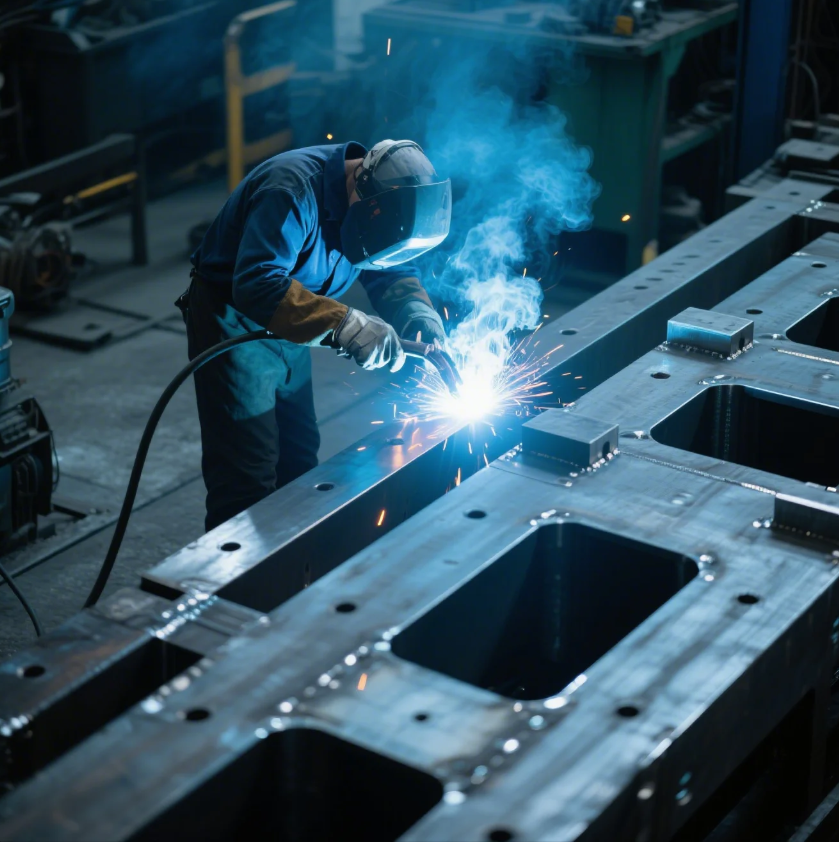
When I first learned TIG, I spent hours just trying to hold a steady arc. Even now, only our most experienced welders at Prime are certified for TIG on high-spec CNC parts and aluminum assemblies.
Comparing welding difficulty levels
| Welding Type | Difficulty | Skill Needed | Best For |
|---|---|---|---|
| TIG (GTAW) | Very high | Expert control | Aerospace, automotive, stainless |
| Stick (SMAW) | Medium | Moderate | Structural steel, field work |
| MIG (GMAW) | Low | Beginner-friendly | General fabrication, quick repairs |
| Flux-Core | Medium | Moderate | Outdoor or dirty surface welding |
At Prime, we choose the right method for each job. For example, we use TIG on precision fasteners and stainless parts, while MIG fits our high-speed production runs.
What’s the most difficult weld to make?
The hardest weld isn’t about material—it’s about the position.
Overhead TIG welding on thin aluminum is one of the most difficult welds to perform.
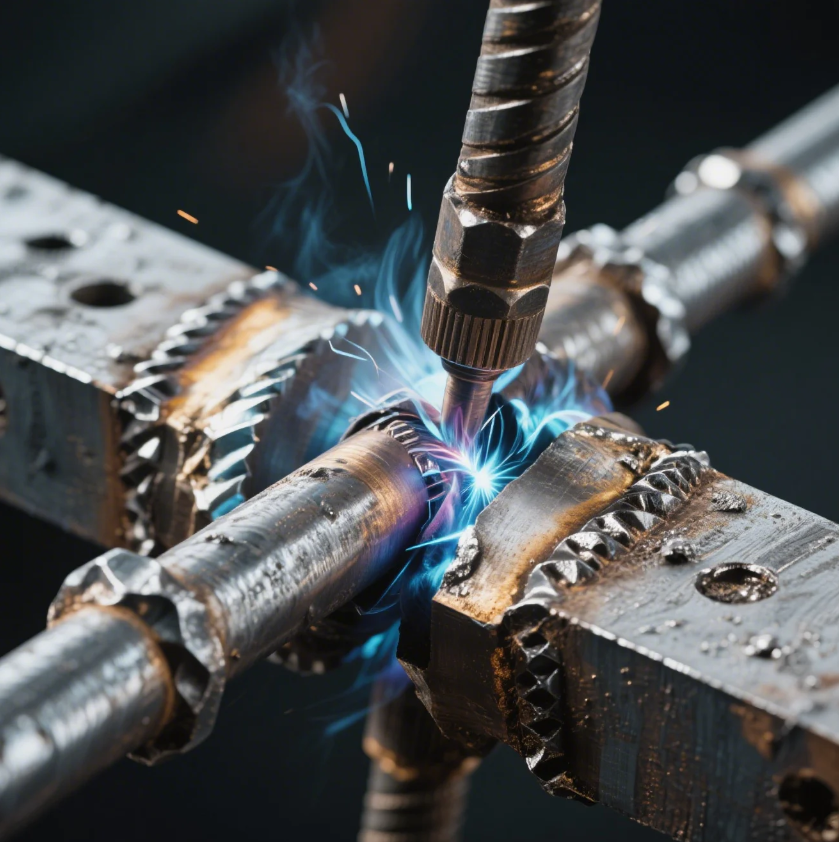
We once had a job for a European defense client. It required TIG welding inside a curved aluminum structure—upside down. Only one welder on our team passed the test. That part is still in use today.
Why overhead TIG is hard
- Gravity pulls the molten puddle down
- Aluminum needs fast, precise heat control
- Argon shielding must fully cover the weld pool
- Minimal room for mistake—burn-through happens instantly
| Position | Difficulty | Notes |
|---|---|---|
| Flat | Low | Easiest for all welding processes |
| Vertical | Medium | Requires good puddle control |
| Overhead | High | Demands arc control and quick reflex |
| Pipe (6G) | Very high | Combines vertical, overhead, and rotation |
When clients order aerospace-grade welding services from Prime, they rely on our advanced TIG capability and tested welders for these exact reasons.
What is the hardest welding rod to use?
Not all rods are beginner-friendly.
E6010 is considered the hardest welding rod to use because of its fast-freeze puddle and unforgiving arc behavior.
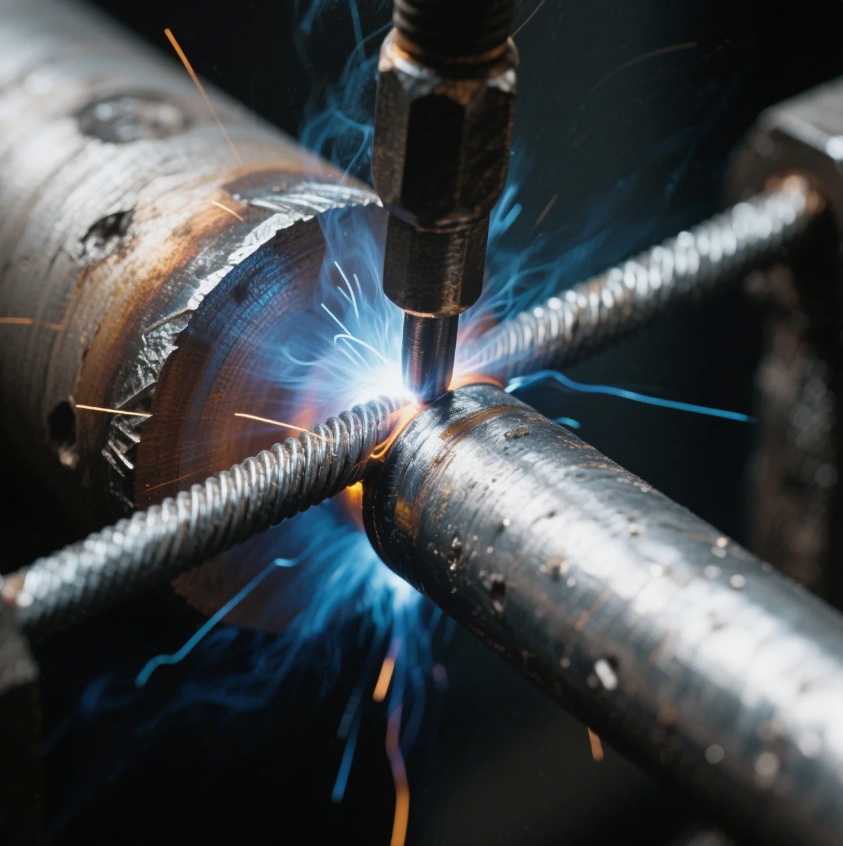
One of our long-term U.S. partners in pipeline infrastructure once insisted on using E6010 for every root pass. Their in-house team couldn’t handle it. We provided certified welders and eliminated rework.
What makes E6010 so tough?
- The arc is deep-penetrating and violent
- The puddle freezes fast, so you can’t hesitate
- It’s used for vertical and overhead positions
- Poor slag coverage means no masking of flaws
| Rod Type | Difficulty | Arc Type | Use Case |
|---|---|---|---|
| E6010 | Very high | Fast-freeze | Pipe roots, verticals |
| E7018 | Moderate | Smooth | Structural welding |
| E6013 | Low | Soft, forgiving | Sheet metal, training |
At Prime, we stock E6010 only for expert welders. Our ISO-certified welding assemblies prioritize rods and methods that meet code, control, and client needs.
Why is TIG welding so hard?
TIG is elegant—but brutally demanding.
TIG welding is difficult because it requires precise coordination, perfect cleanliness, and real-time control of heat, filler, and movement.

During TIG training at Prime, our welders learn to control torch angle, filler rod, and foot pedal—simultaneously. Mistakes show instantly, and bad technique means immediate weld failure.
Key challenges of TIG
- Both hands and one foot are used at the same time
- Material must be ultra-clean—no rust, oil, or oxidation
- Heat input must be balanced constantly
- Thin metals melt fast—timing is critical
| TIG Welding Element | Why It’s Difficult |
|---|---|
| Coordination | One hand for torch, one for filler |
| Clean Surface Needed | Contaminants cause porosity immediately |
| Heat Management | Pedal control is sensitive |
| Arc Starting | Requires high-frequency or lift-start |
Despite its difficulty, TIG is unbeatable for clean, high-strength welds. At Prime, we use TIG for high-tolerance parts, stainless assemblies, and aluminum frames, where strength and appearance both matter.
Conclusion
TIG welding is the hardest process to learn—but the most rewarding for precision work.
Want flawless welds without the learning curve? Contact Prime today for custom TIG welding services, ISO-certified quality, and rapid global delivery. Our team delivers expert results—every weld, every time.

